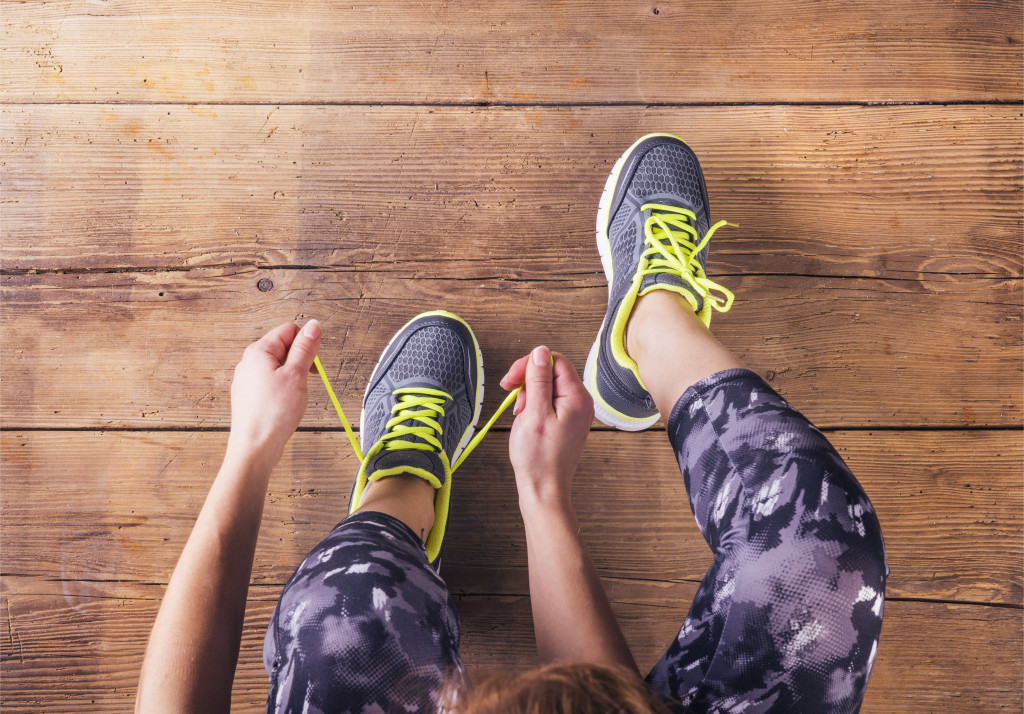The Exercise Challenge for Individuals with Sarcoidosis
Written by |

Finding an exercise routine to stick with can be challenging under the best of circumstances. Since my sarcoidosis diagnosis, it has become even more of a dilemma. Research shows exercise can help with an overall sense of well-being and quality of life in those with sarcoidosis. But how do we incorporate exercise into daily life and find the right balance of activity and rest?
In individuals not suffering from sarcoidosis, exercise can actually help with fatigue. Often, those without compromised immune systems push through with activity and find exercise is restorative, even invigorating.
Since my diagnosis, I find the opposite is actually true. If I’m already having a difficult day, exercise or exertion of any kind actually makes my fatigue worse. In addition, I am often left feeling dizzy and lightheaded, with an overall feeling of malaise. It can take days to recover from this setback.
Even on what seems like a good day, exercise and activity can sap my energy (possibly due to overexertion), causing a flare-up.
As a result of this difficulty with exercise, I have consulted with doctors and personal trainers over the years. Following is the information I have gathered and some considerations that have helped me:
- Try a short walk and gradually increase time, if possible. Are you having trouble starting or sticking to a routine? Find a friend or dog to accompany you. When weather is an obstacle, bring your walk indoors.
- Gentle stretching, yoga, or tai chi are all great forms of exercise. If possible, work with a professional or take a class when you’re getting started. Local YMCAs, churches, and libraries often offer low-cost classes.
- Account for household chores and activities. Gardening, doing laundry, cleaning, and vacuuming all keep you moving. Add these activities to your daily activity list.
Tips: Incorporate movement into your daily life in 10-to-15-minute intervals throughout the day. Also, on days of extreme fatigue, skip the exercise or exertion and allow your body to rest.
The challenge of exercising with sarcoidosis is real. You, and only you, know what’s best. Listen to your body’s limits to know how much or when to push yourself.
I am the first to admit I’m not always great about following the guidelines I’ve collected over the years. This is especially true after a setback or flare-up. But even when I’m frustrated by my lack of progress in exercising with sarcoidosis, I remind myself that tomorrow is another day.
***
Note: Sarcoidosis News is strictly a news and information website about the disease. It does not provide medical advice, diagnosis, or treatment. This content is not intended to be a substitute for professional medical advice, diagnosis, or treatment. Always seek the advice of your physician or other qualified health provider with any questions you may have regarding a medical condition. Never disregard professional medical advice or delay in seeking it because of something you have read on this website. The opinions expressed in this column are not those of Sarcoidosis News or its parent company, Bionews Services, and are intended to spark discussion about issues pertaining to sarcoidosis.






Alana Kelly
Thank you for sharing. I also have been diagnosed with sarcoidosis. I often find it hard to figure out what to do and what to look for things to do for my sarcoidosis. This article gives me an idea of what to do.
Thank you
Alana Kelly